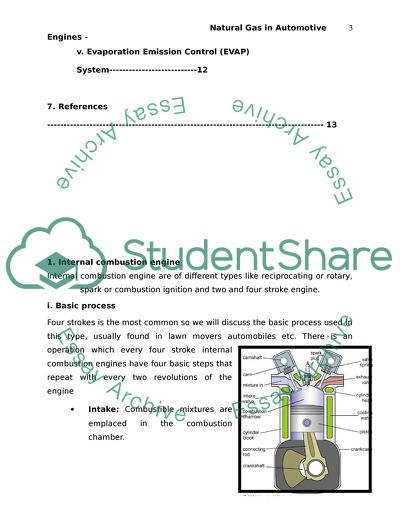Cite this document
(“Natural Gas in Automotive Engines Essay Example | Topics and Well Written Essays - 2500 words”, n.d.)
Retrieved from https://studentshare.org/technology/1503287-natural-gas-in-automotive-engines
Retrieved from https://studentshare.org/technology/1503287-natural-gas-in-automotive-engines
(Natural Gas in Automotive Engines Essay Example | Topics and Well Written Essays - 2500 Words)
https://studentshare.org/technology/1503287-natural-gas-in-automotive-engines.
https://studentshare.org/technology/1503287-natural-gas-in-automotive-engines.
“Natural Gas in Automotive Engines Essay Example | Topics and Well Written Essays - 2500 Words”, n.d. https://studentshare.org/technology/1503287-natural-gas-in-automotive-engines.


